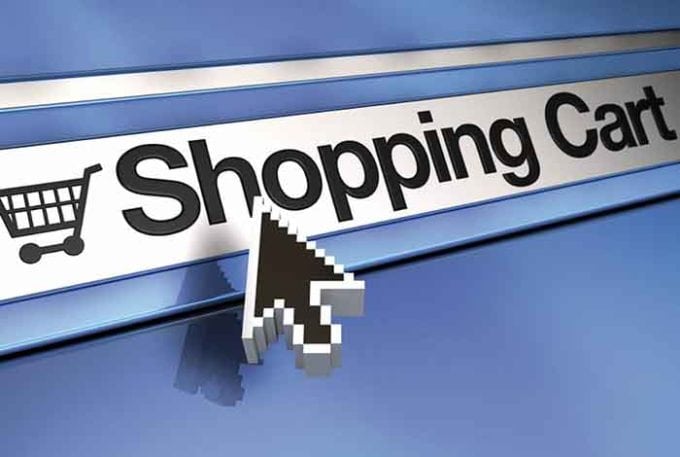According to the Office for National Statistics (ONS), spending returned to pre-economic downturn levels with average weekly household spending last year totalling £554.20, with transport topping the category at an average of £79.70 a week.
Last month, retail sales dropped by 1.5% compared with November. For 2017 overall, the quantity bought in retail sales increased by 1.9%, the lowest annual growth since 2013.
The ONS said this was due to a recent shift in consumer’s Christmas spending habits as an increased number shopped earlier and took advantage of Black Friday promotions.
Ben Brettell, senior economist at Hargreaves Lansdown, said: “We’ve been waiting for the pay squeeze to filter through to the high street, but so far retail sales have held up better than many expected.
“Today’s retail sales data from the ONS disappointed, however, with consumers cutting back on Christmas spending after November’s Black Friday splurge. This continues the trend of bringing Christmas spending forward to take advantage of early discounts.”
However, despite overall household spending at a high, Richard Stone, chief executive of The Share Centre, said the falling retail figures reflected the “weakening of consumer demand” in the UK economy.
Like Brettell, he argues that although employment remains at record levels and household spending is up, the impact of higher inflation and the decline in real wages is having a real impact on consumers’ ability to spend more.
He said: “This also demonstrates that to drive UK GDP growth a greater contribution is going to have to come from manufacturing and exporting rather than from consumer led spending.
“The increase in interest rates in November which fed through to higher mortgage payments for those on variable mortgages in December may also have had a dampening effect with consumers having less disposable income to spend or save.”
Stone added that for investors, the data demonstrates that it is challenging for consumers to find additional cash to spend and invest. He said those looking for investment opportunities and wanting exposure to the retail sector “should look to those businesses with a strong and coherent ‘clicks and bricks’ strategy”.
“This was demonstrated in the early reporting of sales by leading retailers with businesses such as Tesco, Next, Morrison’s and John Lewis performing particularly strongly,” he said.
Slowing growth
The ONS said the longer-term picture is one of slowing growth, with increased prices squeezing people’s spending.
Brettell said that these latest figures undershot expectations by some margin, falling 1.5% on the month and rising just 1.4% year-on-year.
He said: “Economists had forecast the latter number at 3%. This means retail sales made next to no contribution to UK economic growth in the final three months of 2017.
“The big question now is whether this is the start of a worrying trend for the economy, or whether falling inflation and rising wages will come to the rescue. The answer is that it’s too early to say. The monthly data is volatile, so it’s hard to draw firm conclusions, but the underlying trend is definitely one of slowing growth.
“But there could be some light at the end of the tunnel. Wage growth seems to be on an upward trend, while inflation may well have peaked. This means we could see an end to falling real wages in the coming months, which would provide a welcome fillip to cash-strapped households.”











